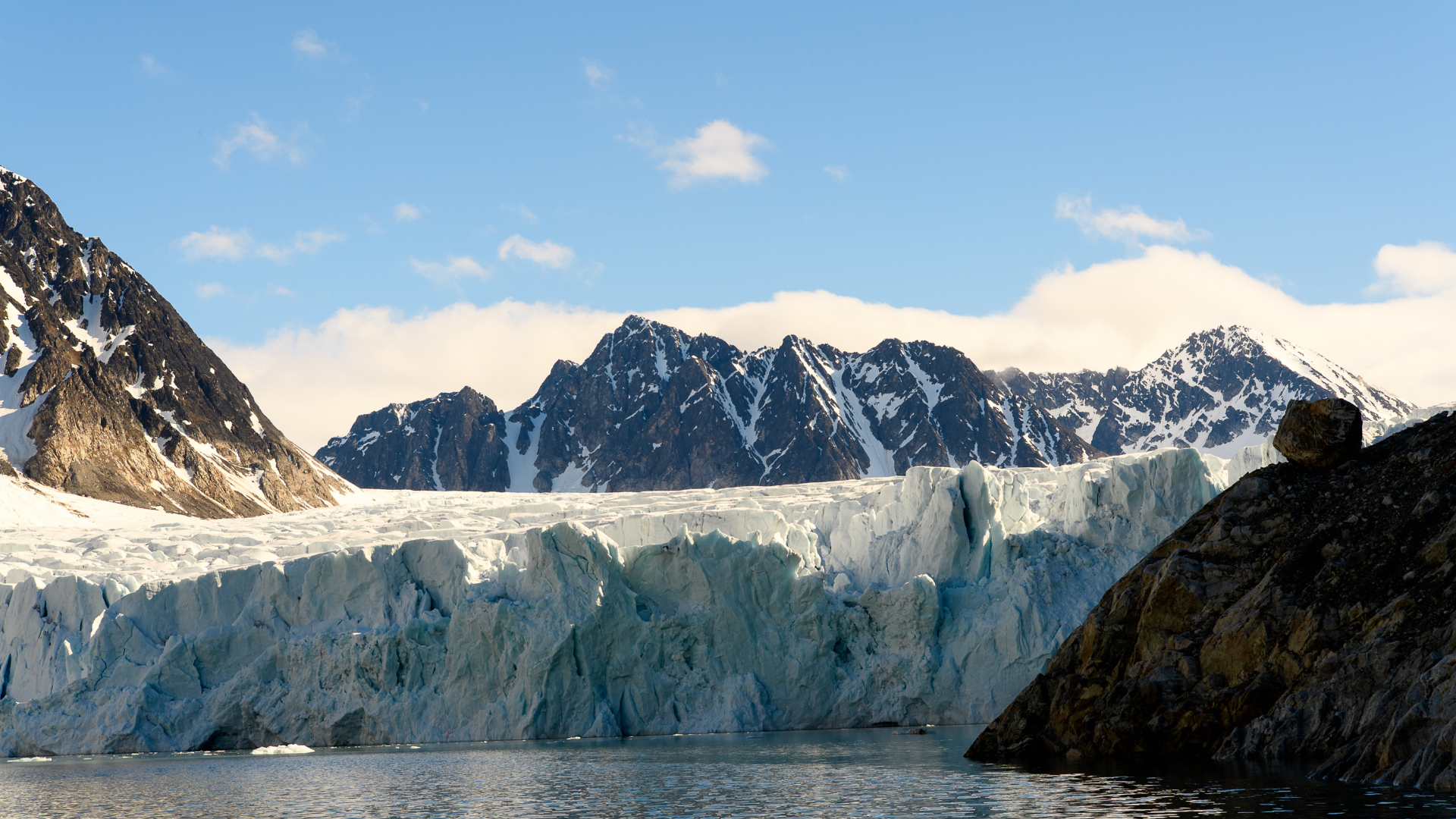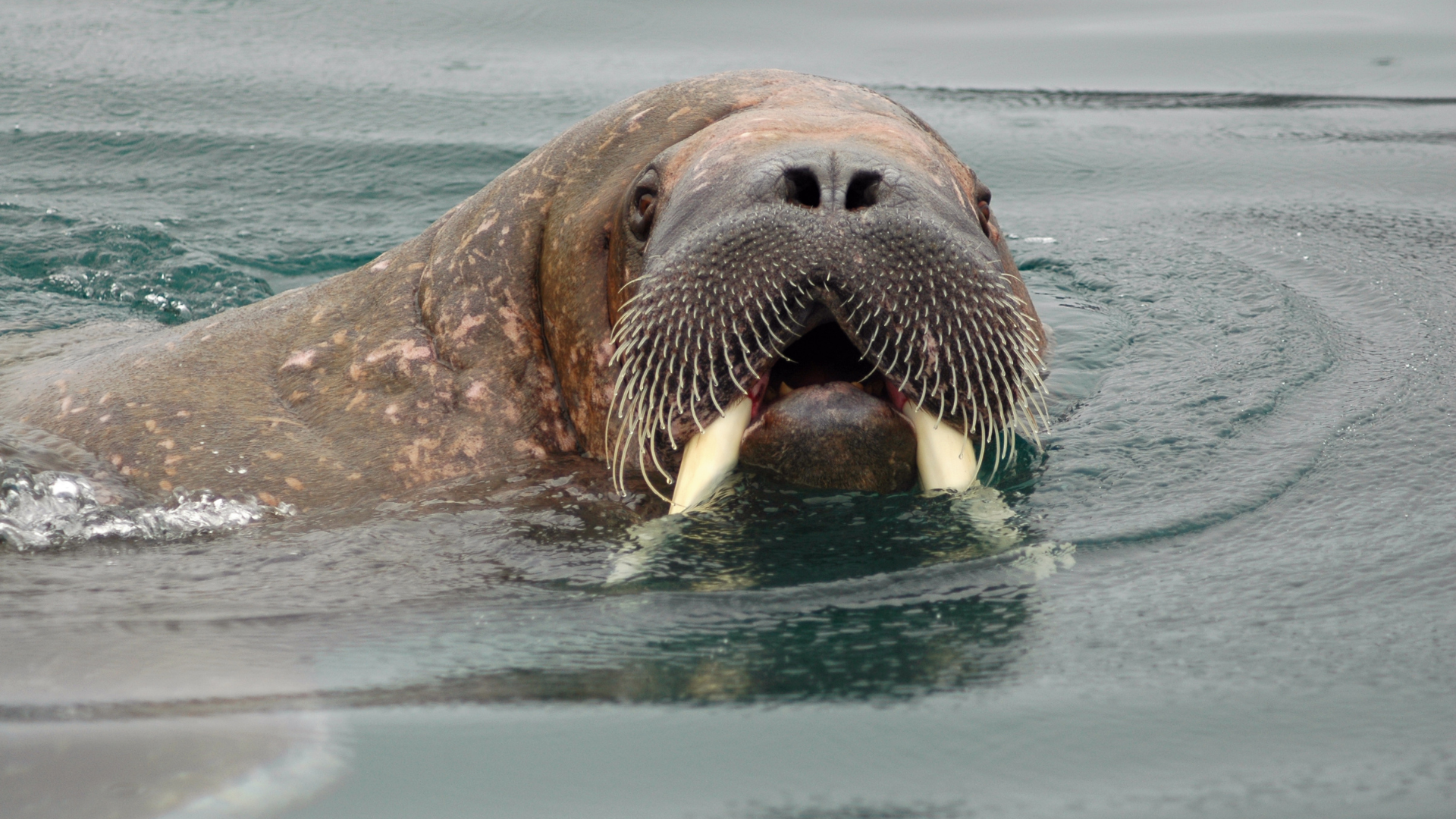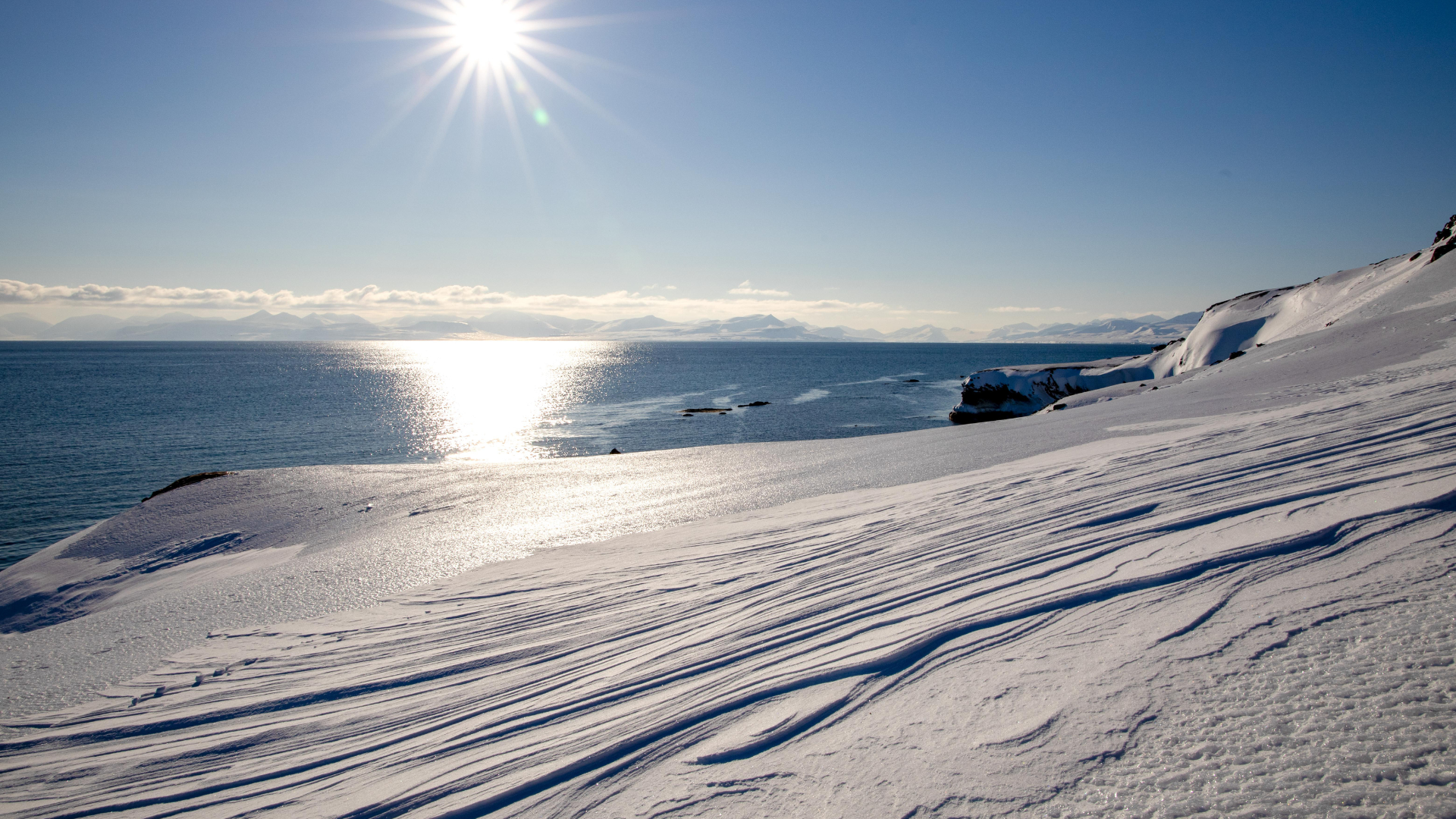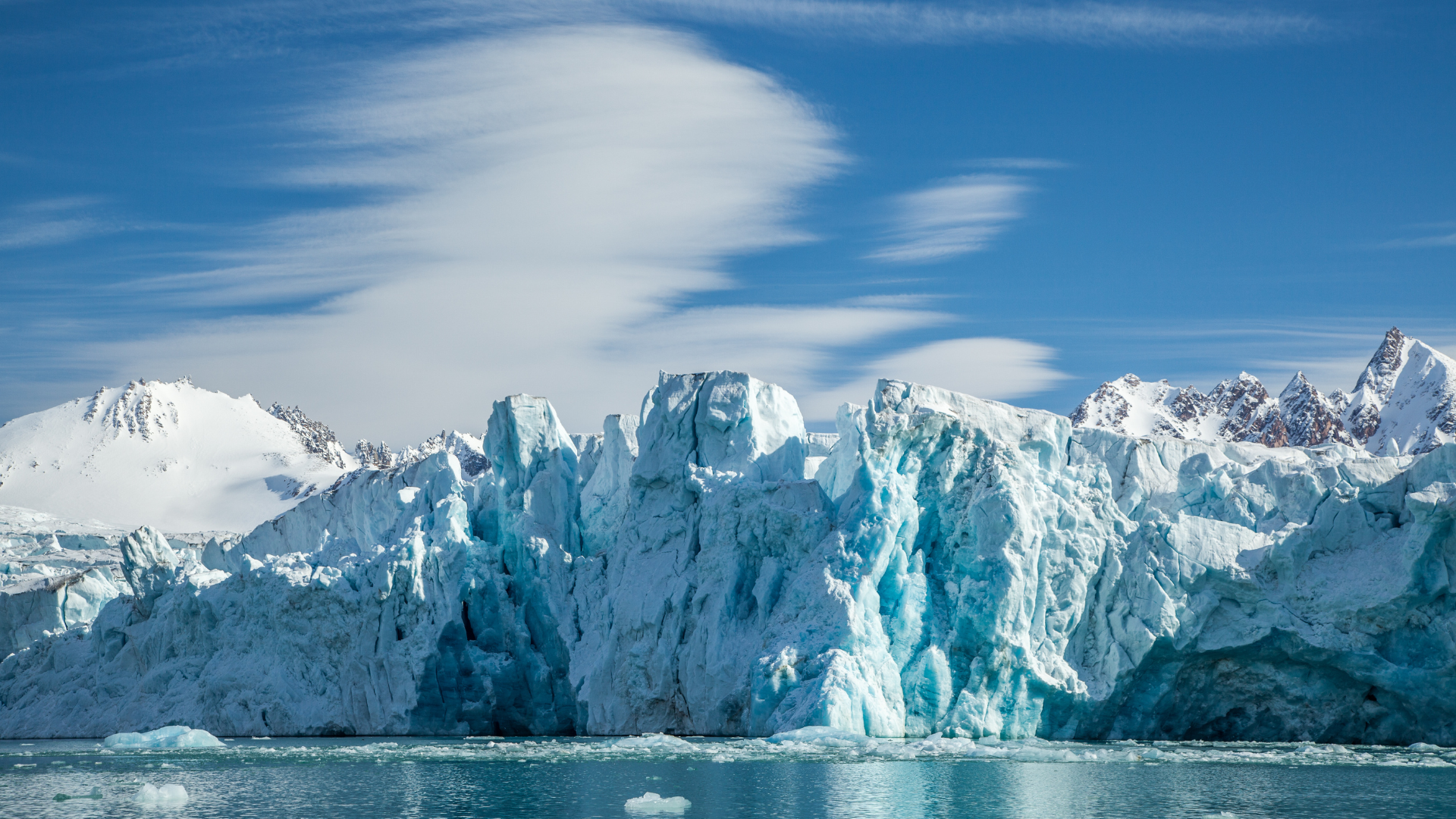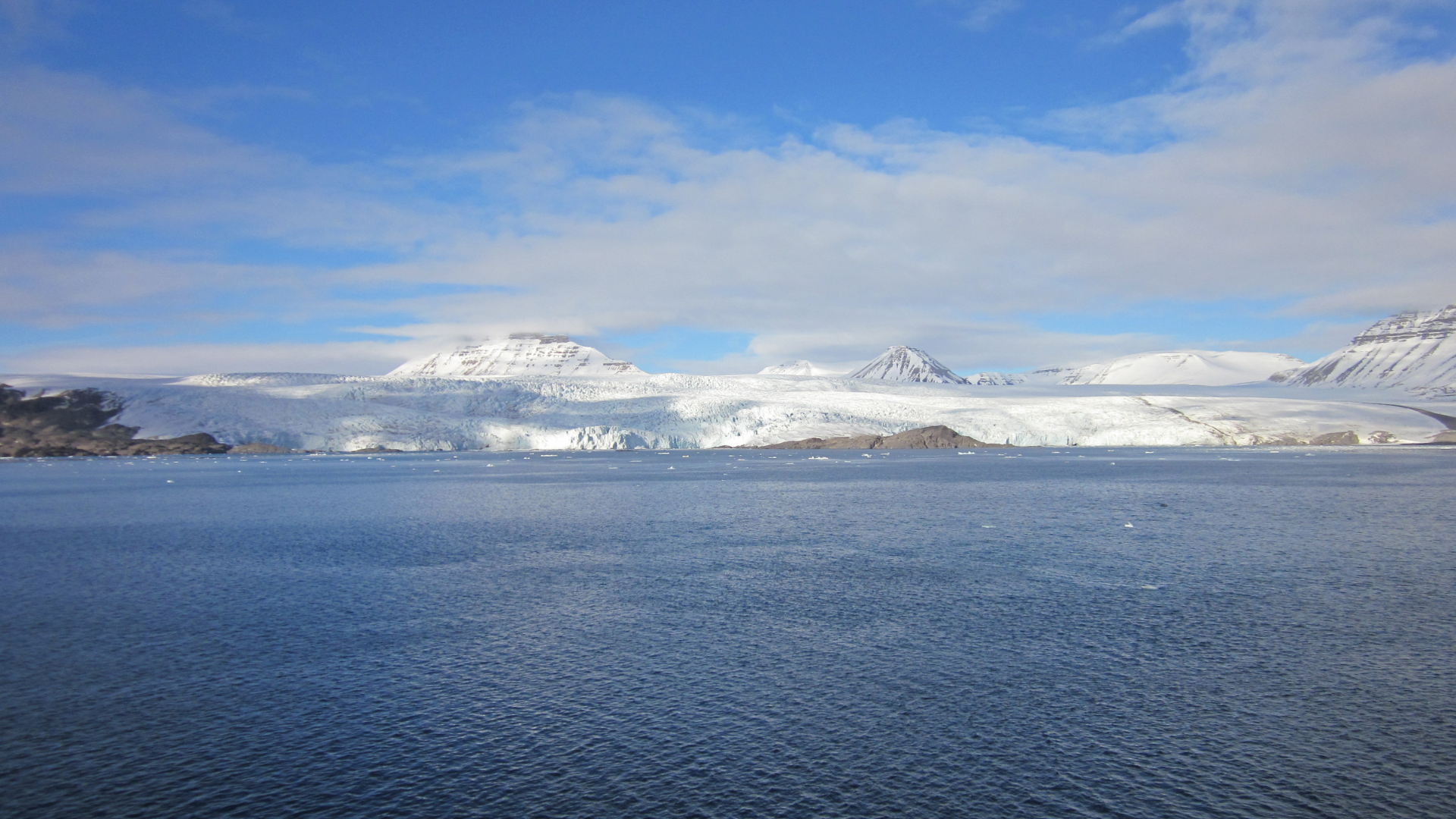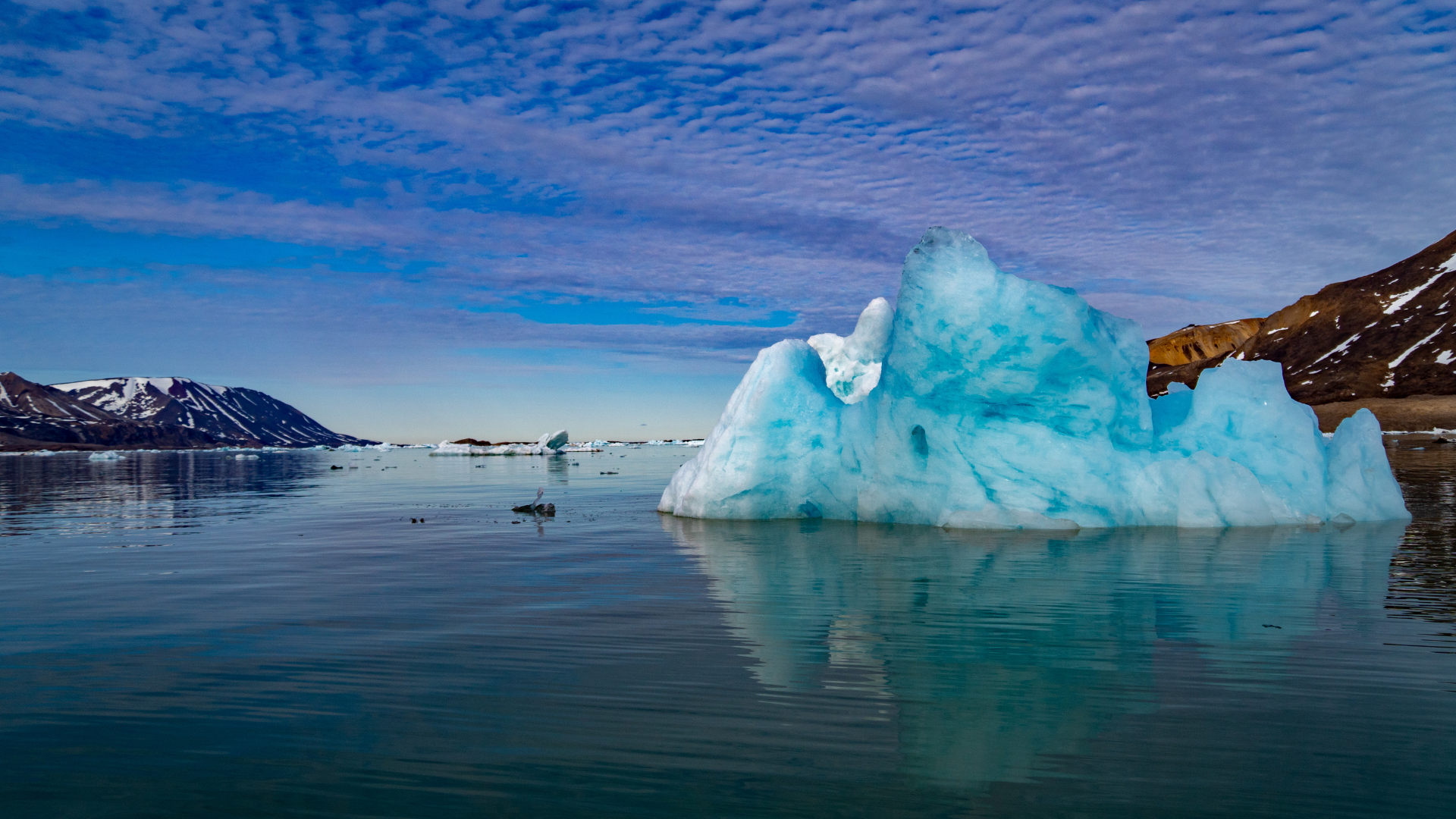It's Time To Explore Places That No One Has Been To
Spitsbergen: Preparing for the Weather in November
Spitsbergen: Preparing for the Weather in November

November in Spitsbergen is a time of deepening winter, with temperatures often ranging from -10°C to -5°C (14°F to 23°F). The days are short, with limited daylight hours and the sun barely rising above the horizon. Snow covers the landscape, creating a serene and quiet environment, perfect for those seeking a true Arctic experience. As the weather becomes increasingly cold, visitors must prepare for the harsh conditions that characterize this time of year. Layering remains essential, focusing on thermal base layers, thick insulating mid-layers, and durable, waterproof outer shells to ensure warmth and protection.
With the Arctic landscape blanketed in snow, November is an excellent time for winter sports and activities. Snowmobiling, dog sledding, and skiing become popular pastimes, offering thrilling ways to explore the stunning wilderness. Proper winter footwear is essential for navigating the snowy terrain, and additional thermal layers will help keep you warm during outdoor adventures. It’s advisable to pack gaiters to prevent snow from entering your boots and thermal socks to ensure comfort.
Wildlife sightings may become less frequent in November as many animals prepare for the long winter ahead. However, the majestic polar bears remain active and are often spotted along the coast as they hunt for seals. It’s important to maintain safety precautions, particularly in areas where polar bears are known to roam. Traveling in groups and having an experienced guide can enhance safety and provide valuable insights into the local ecology.
November weather can be unpredictable, with the potential for snowstorms and blustery conditions. Packing waterproof and insulated clothing is crucial, along with warm accessories such as hats, gloves, and neck gaiters to protect against the biting winds. Having a sturdy, waterproof backpack will also help keep your gear dry and safe during excursions into the wilderness.
As daylight hours diminish, the chances of witnessing the Northern Lights increase significantly. November provides excellent opportunities for stargazing and capturing the elusive aurora borealis. Photography enthusiasts will find the low-light conditions challenging but rewarding, particularly with the stunning contrasts of the dark sky and the vibrant colors of the aurora. Bringing a tripod and additional batteries will enhance your photography experience, ensuring you capture these breathtaking moments.
November also marks a quieter time in Spitsbergen, with fewer tourists compared to the peak summer months. This allows for a more personal connection with the landscape and a chance to experience the serene beauty of the Arctic without the hustle and bustle of larger crowds. While some tours may operate on a limited schedule, local guides often offer unique experiences tailored to the winter conditions.
For those interested in learning about the region’s history and culture, November can provide opportunities to visit local museums and cultural sites. Engaging with the community can enhance your understanding of the challenges faced in this remote Arctic environment. While outdoor activities may be more limited during this time, the chance to explore the rich history of Spitsbergen adds another layer to the overall experience.
In conclusion, November in Spitsbergen presents an opportunity for adventure and tranquility in the Arctic wilderness. By preparing adequately for the cold and embracing the unique beauty of the season, visitors can create unforgettable memories amidst the stunning landscapes and potential wildlife encounters that characterize this remote region.
Want to travel to Svalbard?
It’s easy, just leave your details here and we will contact you
Sign up to our newsletter
We will get back to you as soon as possible
Please try again later
